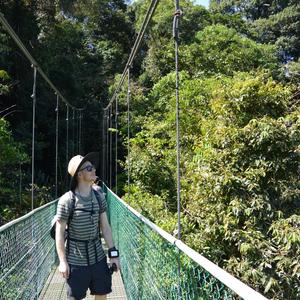The Best Things to Do in Peru
Peru, nestled in the heart of South America, is a land of striking contrasts, where ancient civilisations blend seamlessly with vibrant modern cultures, and dramatic landscapes provide the backdrop for unforgettable adventures. From the mist-shrouded heights of Machu Picchu to the energetic streets of Lima, Peru offers travellers a rich array of experiences. But the real magic of Peru lies in its ability to captivate all the senses, particularly through its incredible cuisine.
Our Digital Marketing Manager, Harry, journeyed through Peru to uncover the best of what this fascinating country has to offer. Here, he shares his take on the top things to do in Peru, from exploring its iconic landmarks to discovering its world-class culinary delights, an adventure in itself.
1. Exploring Lima’s Surroundings
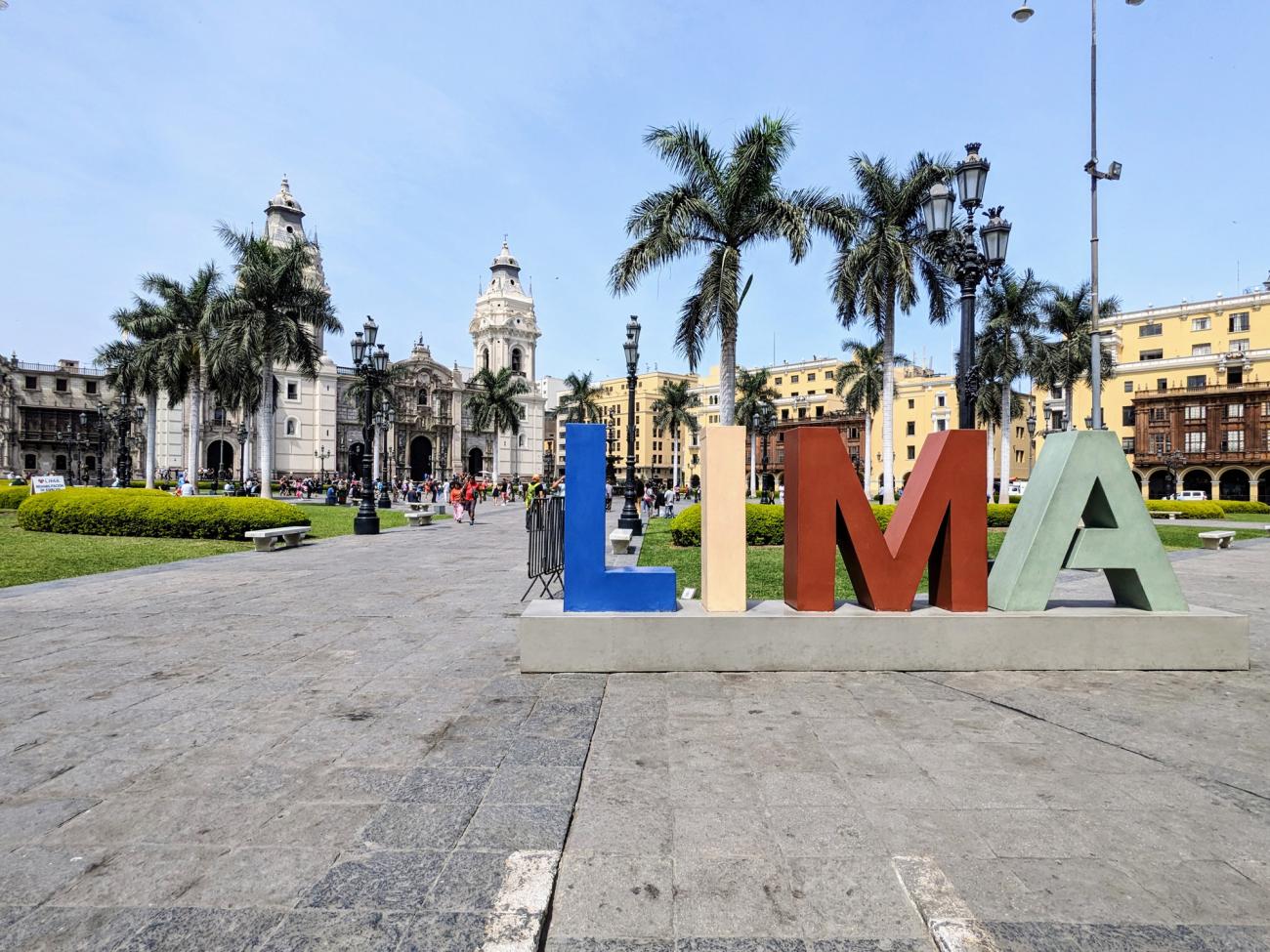
Lima often serves as the gateway to Peru, with most travellers arriving via Lima International Airport. While many visitors quickly move on to the country's more famous attractions, I discovered that Lima is a vibrant destination worth exploring in its own right. With plenty to see both in the city and its surrounding areas, it’s an ideal place to extend your trip, either at the beginning or end of your journey. Here are some highlights of what to do in and around Lima:
Lima City Tour
As a first-time visitor, I was captivated by the city of Lima. Starting in the historic center, a UNESCO World Heritage site, you’ll encounter breathtaking colonial architecture, including the Plaza Mayor, Government Palace, and the Cathedral of Lima, where you’ll hear the story of Spanish conqueror Francisco Pizarro and his dramatic demise. Next, head to the bohemian district of Barranco, famous for its colourful street art, galleries, and lively café scene. I highly recommend visiting Hotel B to explore their impressive art collection, followed by a Pisco Sour on their rooftop terrace as the sun sets. Finally, visit Miraflores, a coastal district with beautifully landscaped parks perched above the Pacific Ocean, making it the perfect spot for a leisurely evening stroll.
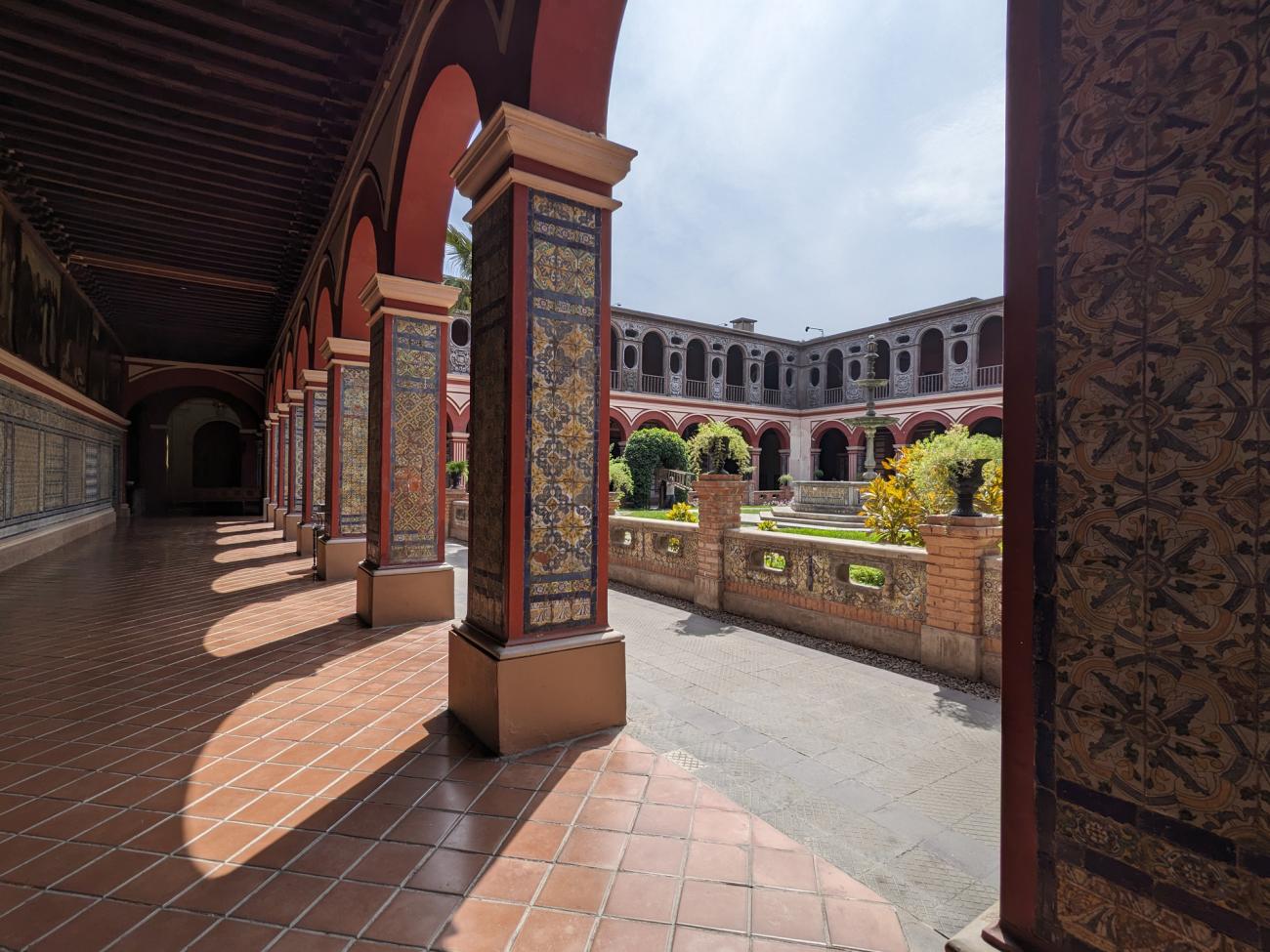
Caral: The Oldest Civilisation in the Americas
Just a couple of hours north of Lima lies Caral, the oldest city in the Americas and a UNESCO World Heritage site. Dating back over 5,000 years, Caral is a treasure trove of history with its pyramids, plazas, and circular terraces that once housed a sophisticated civilisation long before the Incas. A day trip to this archaeological site provides a glimpse into ancient Peru.
Huaca Pucllana and Huaca Huallamarca: Ancient Pyramids in the City
Right within Lima’s city limits, you’ll find Huaca Pucllana and Huaca Huallamarca, two pre-Incan pyramid complexes that offer insight into Peru’s ancient cultures. These massive structures were used for ceremonial and administrative purposes, and visiting them provides an intriguing contrast to the modern city that now surrounds them.
Swim with Sea Lions in the Palomino Islands
For nature lovers and adventurers, a boat ride to the Palomino Islands, off Lima’s coast, offers the chance to swim with sea lions in their natural habitat. Surrounded by hundreds of these playful creatures, this is an exhilarating experience not to be missed. The islands are also home to various seabirds, including Humboldt penguins, making it a must-visit for wildlife enthusiasts.
2. Savour the Flavours of Peruvian Cuisine
As a foodie, I’m absolutely amazed by Peruvian cuisine, which has rightfully gained international recognition in recent years. The country’s diverse geography—spanning the Pacific coast, the Andes mountains, and the Peruvian Amazon rainforest—offers an incredible variety of fresh ingredients. Influenced by the many cultures that have called Peru home, the cuisine is characterised by a rich and unique fusion of flavours. Each region has its own culinary specialties, but here are a few of my favourite dishes that you simply must try while in Peru.
Ceviche
Ceviche is arguably Peru’s most famous dish. Made from fresh raw fish marinated in lime juice, mixed with onions, cilantro, and chilli peppers, it is a perfect balance of flavours and textures. The acidity of the lime "cooks" the fish, giving it a tender texture and a burst of citrus flavour. In Lima, considered the culinary capital of Peru, you’ll find some of the best ceviche in the country, often served with sweet potato, corn, and cancha (toasted corn).
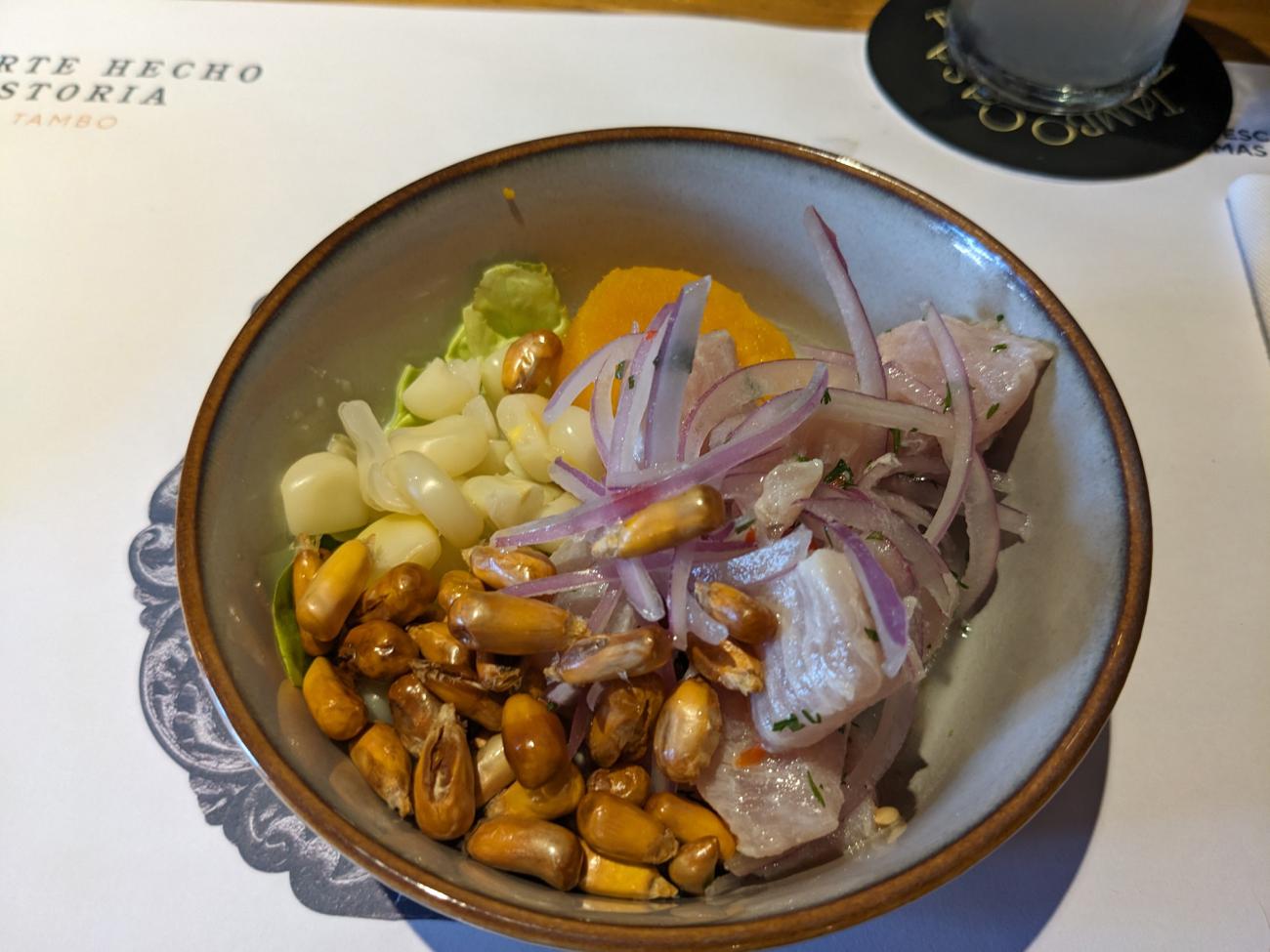
Lomo Saltado
Another iconic Peruvian dish is lomo saltado, a stir-fry that combines strips of marinated beef with onions, tomatoes, and peppers, all served with rice and fried potatoes. This dish is a perfect example of Peru’s fusion cuisine, blending Chinese influences with local ingredients. The flavours are rich and comforting, making it a favourite among locals and visitors alike.
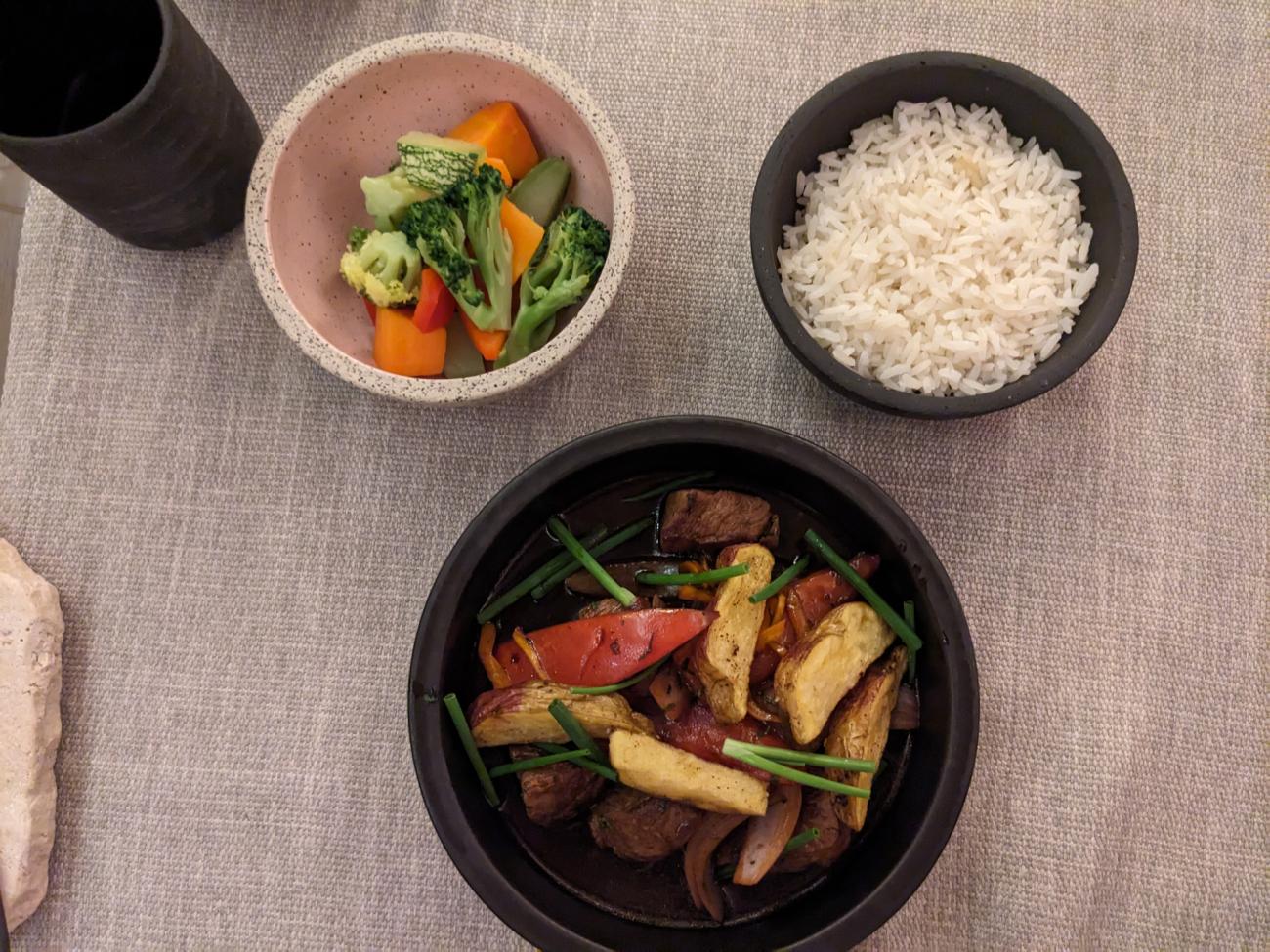
Pisco Sour
No exploration of Peruvian cuisine would be complete without trying the national drink, the Pisco Sour. Made from Pisco (a type of brandy), lime juice, simple syrup, egg white, and a dash of bitters, this cocktail is both refreshing and potent. Enjoy it as a pre-dinner drink or as an accompaniment to your meal.
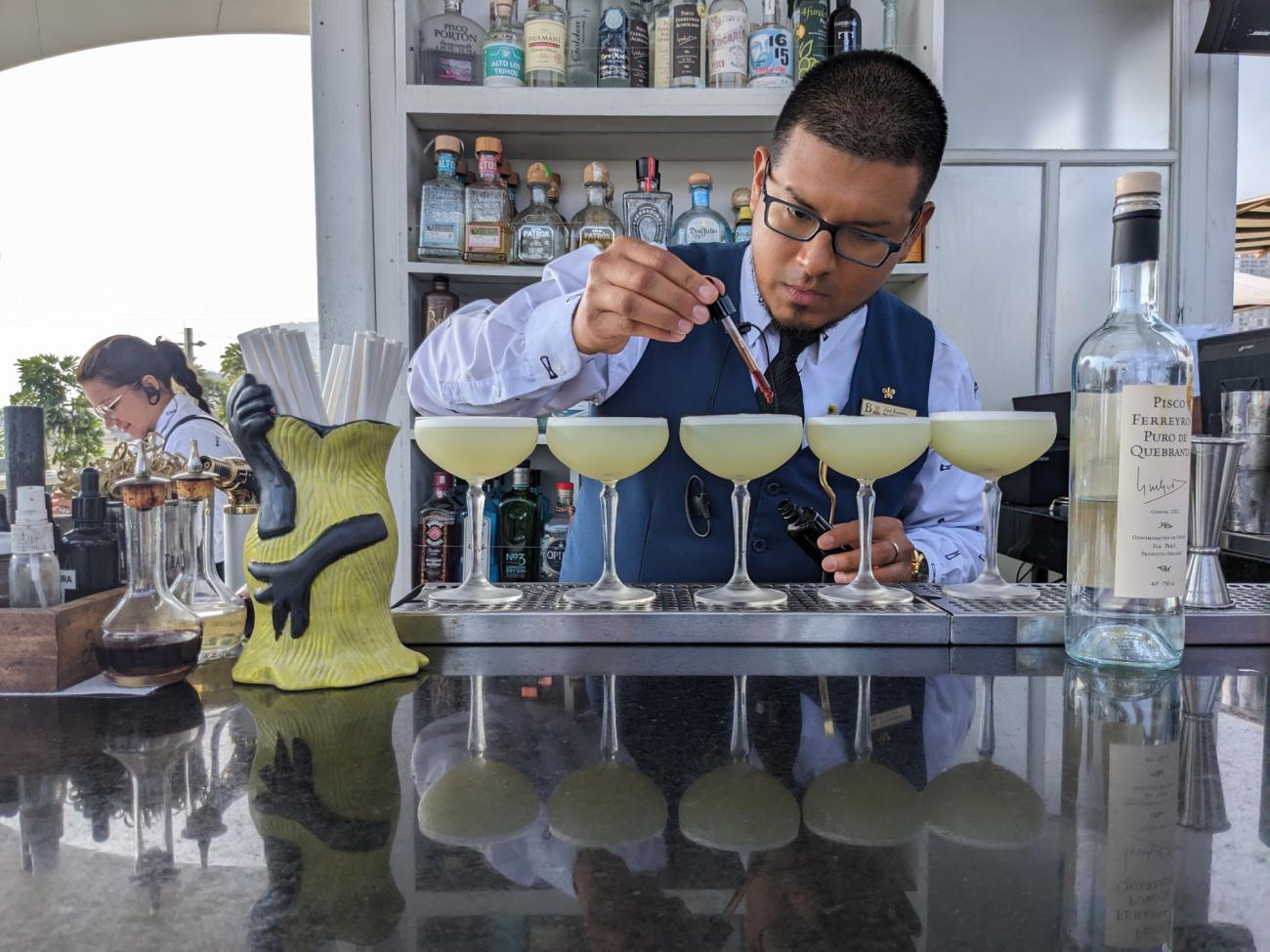
3. Culinary Tour of Arequipa: A Taste of Tradition
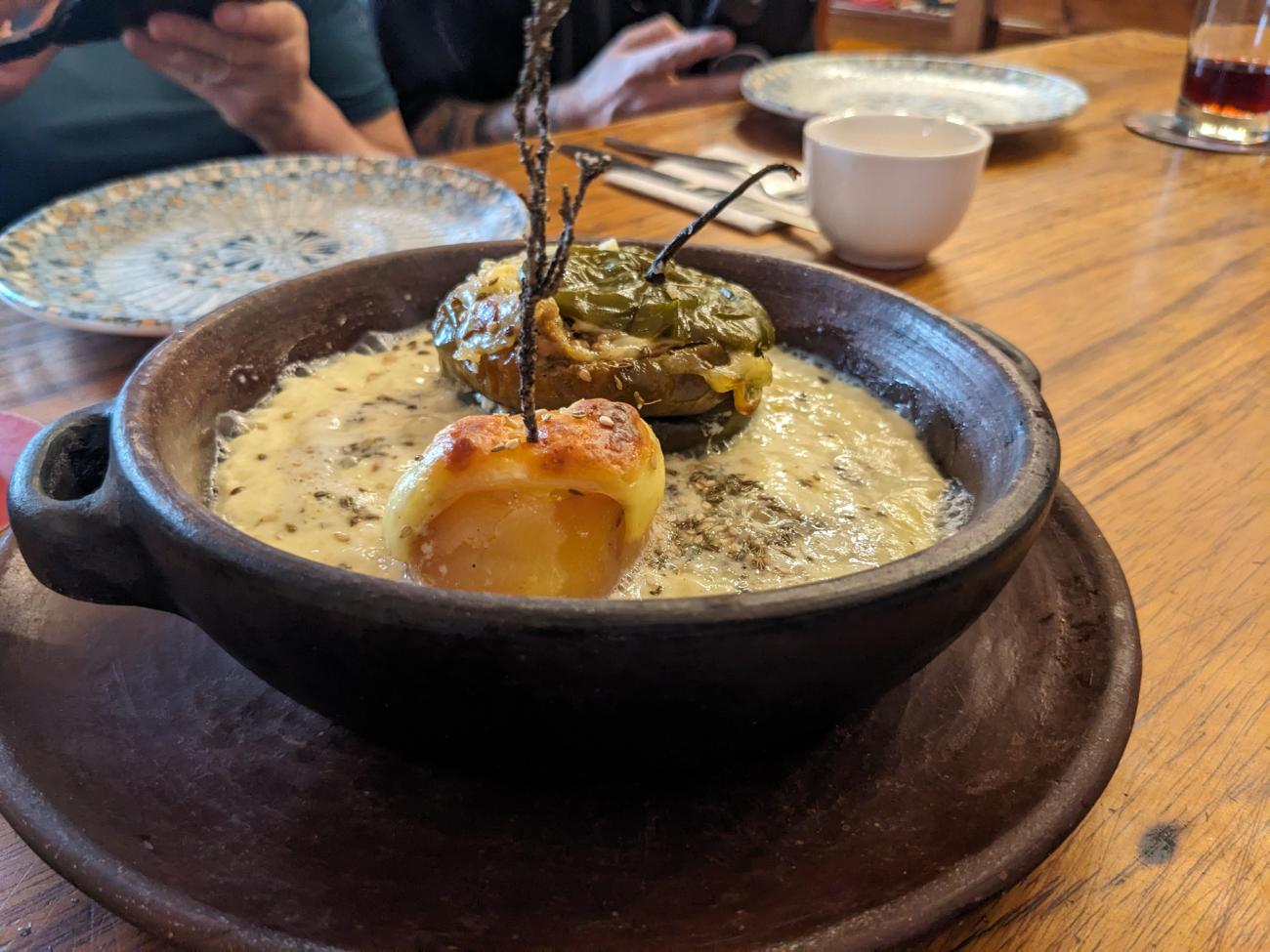
Arequipa, often called "The White City" due to its stunning colonial architecture built from white volcanic stone, is also a culinary hotspot. During my visit, I embarked on a food tour to sample the unique local delicacies that make this region so special.
The variety of flavours was incredible, from the fresh fruits in the bustling markets to rocoto relleno, a spicy pepper stuffed with ground beef and cheese. For those looking to fully immerse themselves in Peruvian culture, give guinea pig and alpaca a try. While guinea pig might not be for everyone—especially if you had one as a childhood pet—I found it surprisingly enjoyable, the flavour can be compared to a cross between chicken, duck, and game. We wrapped up the tour with queso helado, a delicious frozen dessert made with milk, coconut, and cinnamon, which was so good that I ended up returning for seconds - and thirds!
4. Spot Peru’s Incredible Wildlife
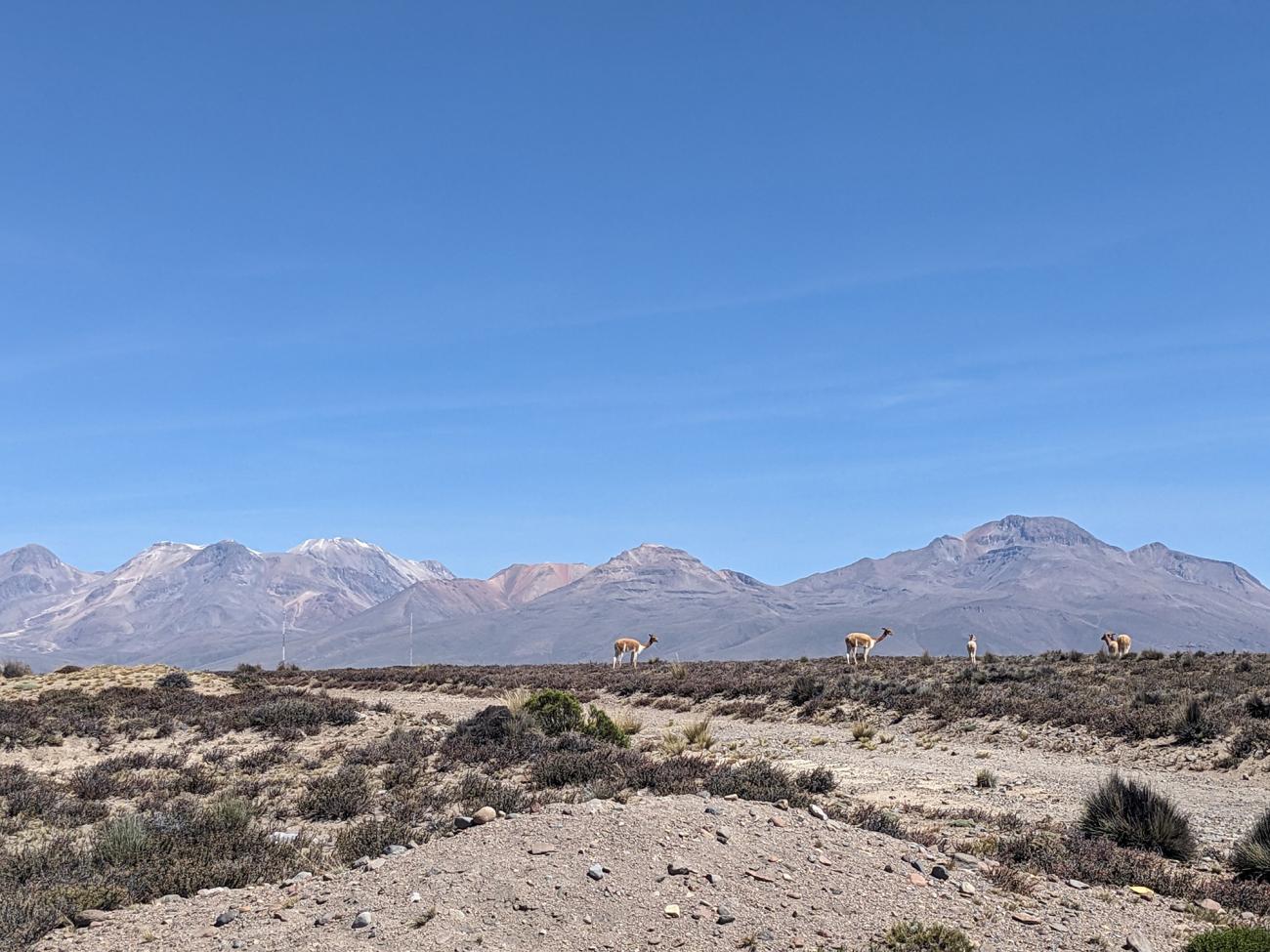
Peru's diverse landscapes, from the lush Amazon rainforest to the towering Andes mountains, create a haven for biodiversity, making it a paradise for wildlife enthusiasts.
In the Amazon Basin, you can explore national parks like Tambopata or Manu, where iconic species such as jaguars, macaws, and giant river otters thrive. The rainforest is also a birdwatcher’s dream, home to vibrant species like toucans and harpy eagles, along with colourful butterflies and rare primates.
While driving between Arequipa and Puno, we passed through the Reserva Nacional de Salinas y Aguada Blanca, where herds of vicuñas and alpacas roamed freely. And if you're fortunate enough to visit Colca Canyon, you may catch sight of the majestic Andean condor, one of the largest birds in the world and a sacred symbol in Peruvian culture.
5. Explore Lake Titicaca: The World’s Highest Navigable Lake
I arrived in Puno at night, sitting at an altitude of 3,800 meters, and started feeling the effects of the altitude about an hour later. When visiting high-altitude destinations, it’s crucial to give your body time to adjust—staying hydrated and getting plenty of rest is key. Sipping on coca tea can also help ease symptoms of altitude sickness. After a good night’s sleep, I woke up to the breathtaking view of Lake Titicaca. Straddling the border between Peru and Bolivia, this mystical lake is steeped in Incan mythology and home to unique cultures that have thrived in its surroundings for centuries.
I visited the Uros Floating Islands, an astonishing sight where the islands are entirely man-made, constructed from layers of totora reeds. The Uros people have lived on these floating islands for centuries. Once on the islands, you have the chance to meet the locals and learn about their unique way of life. Our guide shared the sobering reality that this may not be an opportunity you have long to seize, as this could be the last generation of Uros people living on the islands–many younger members of the community are now attending university and choosing not to return.
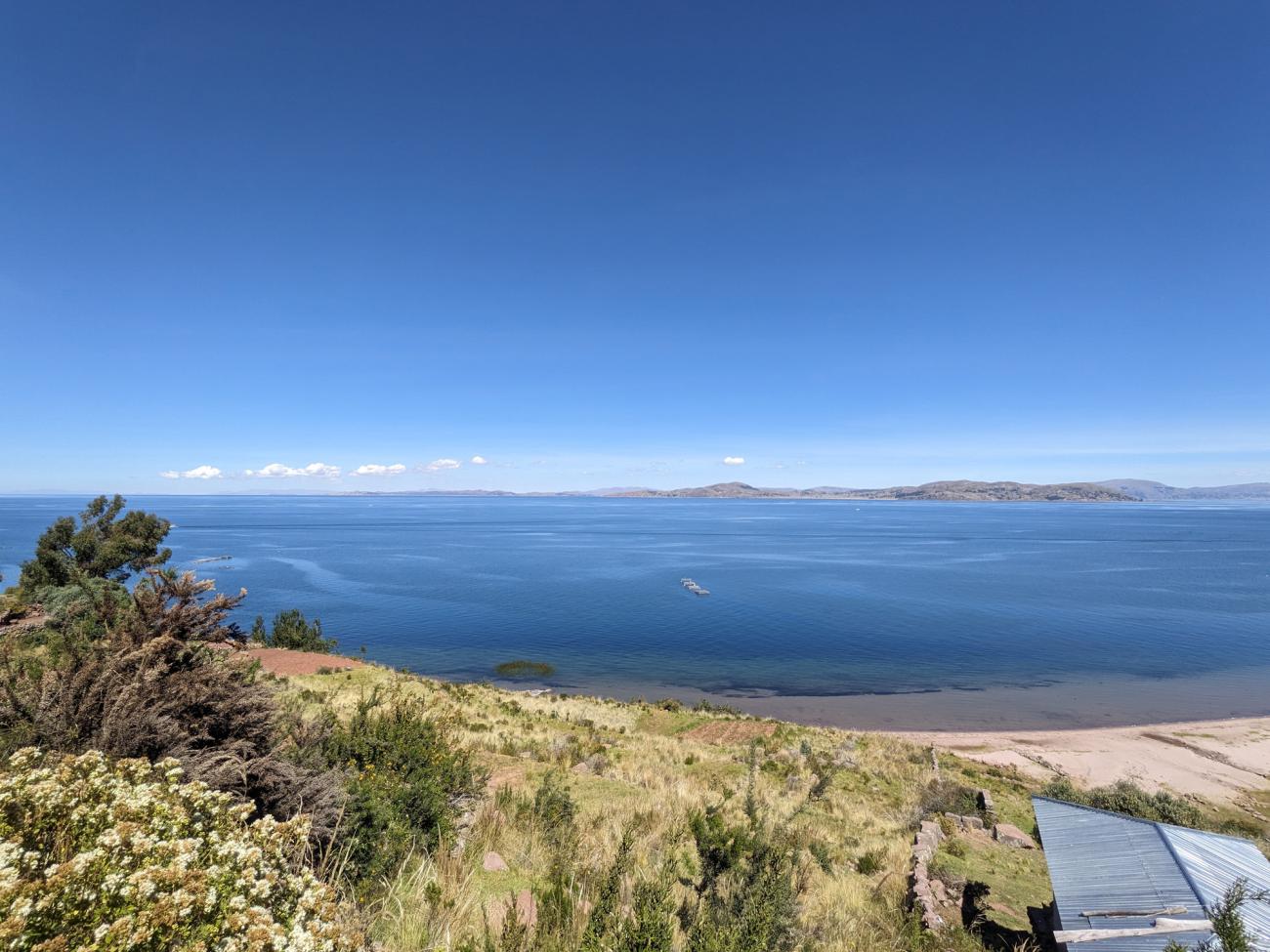
Next, we travelled to the Llachon Peninsula for a short hike and were warmly welcomed into the home of a local family for a traditional meal. On a clear day during the hike, you can see the snow-capped Illimani mountain range in Bolivia. The people of Llachon are known for their intricate weaving techniques, passed down through generations. After our meal, the family gave a weaving demonstration and challenged us to try it ourselves. Unfortunately, we all struggled and failed quite miserably!
6. Meet the Locals: A Cultural Immersion
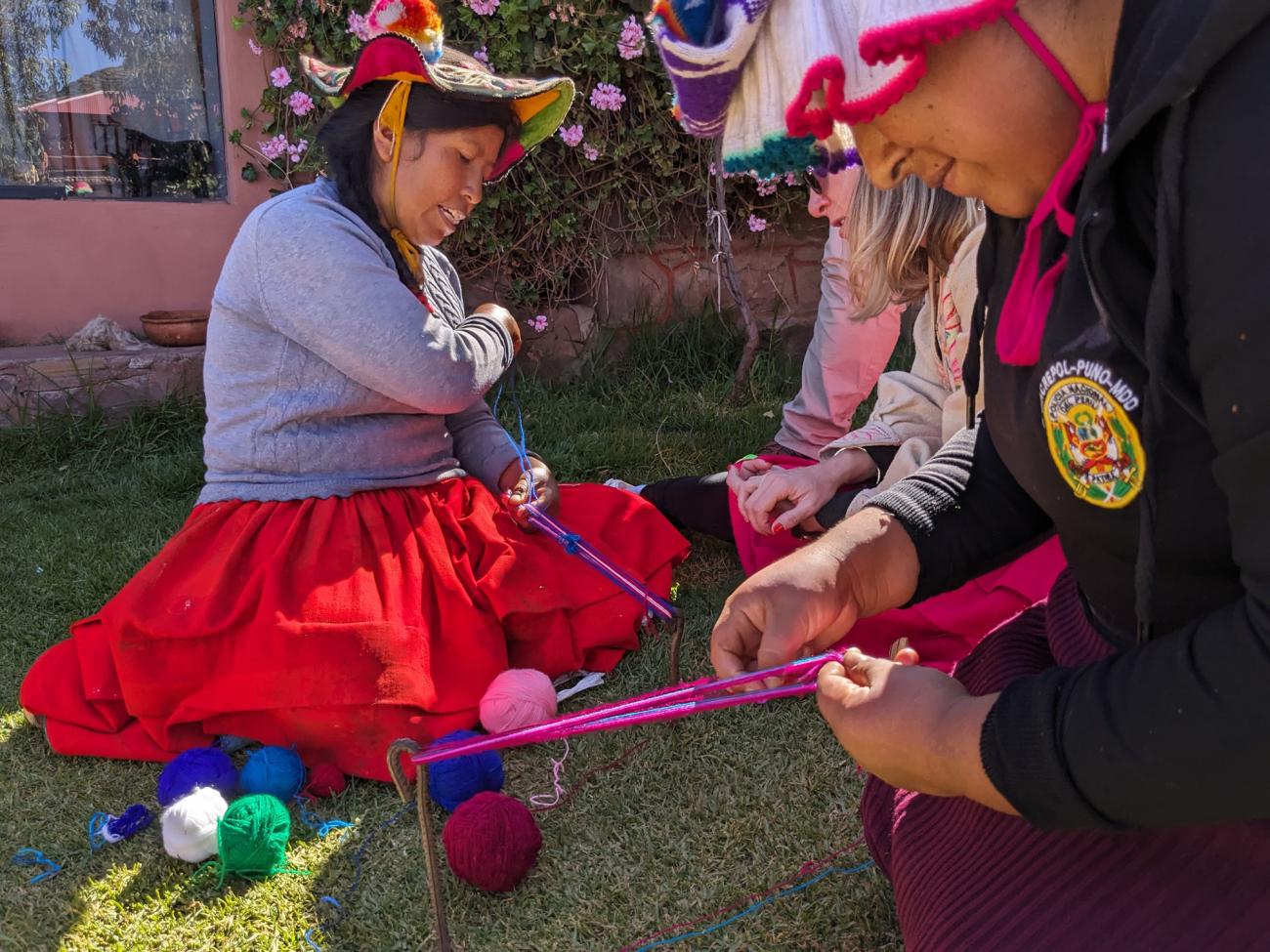
One of the most enriching aspects of a trip to Peru is the chance to meet the local people and learn about their customs and traditions.
The Sacred Valley and Lake Titicaca regions offer numerous opportunities for cultural exchanges. Many indigenous communities welcome visitors to experience their traditional lifestyles, whether through homestays, craft workshops, or agricultural tours. In the Sacred Valley, the Pisac Market is a vibrant hub where local artisans sell textiles, pottery and other handmade goods, giving travellers a chance to take home authentic souvenirs and support the local economy.
7. Explore the Sacred Valley: Maras, Moray, and Pumamarca
The Sacred Valley, stretching between Cusco and Machu Picchu, is a region rich in history, culture and natural beauty. The valley is dotted with picturesque villages, vibrant markets and impressive Inca ruins. It’s an ideal place to immerse yourself in Andean culture and explore the stunning landscapes.
The Sacred Valley is not only a place of natural beauty but also one of the most important historical regions in Peru. A few of my favourite sights were:
Maras Salt Mines
The Maras salt mines, or Salineras, have been in operation since pre-Incan times. Thousands of salt pools cascading down the mountainside create a dazzling mosaic and visitors can learn about the traditional salt-harvesting techniques still used today.
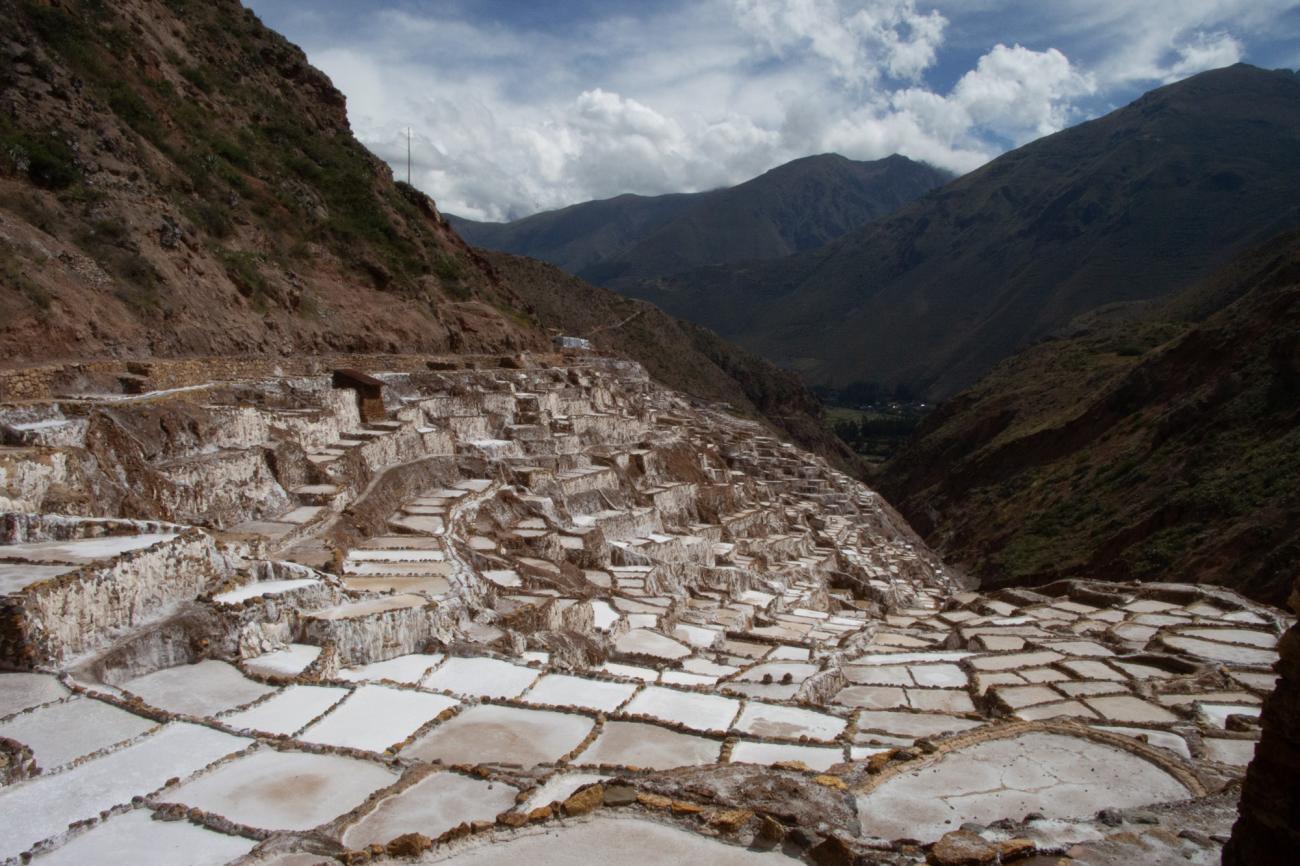
Moray Agricultural Terraces
Nearby, the Moray site features a series of circular terraces that were used by the Incas for agricultural experimentation. Each terrace has its own microclimate, and hiking around the site offers stunning views of the surrounding mountains.
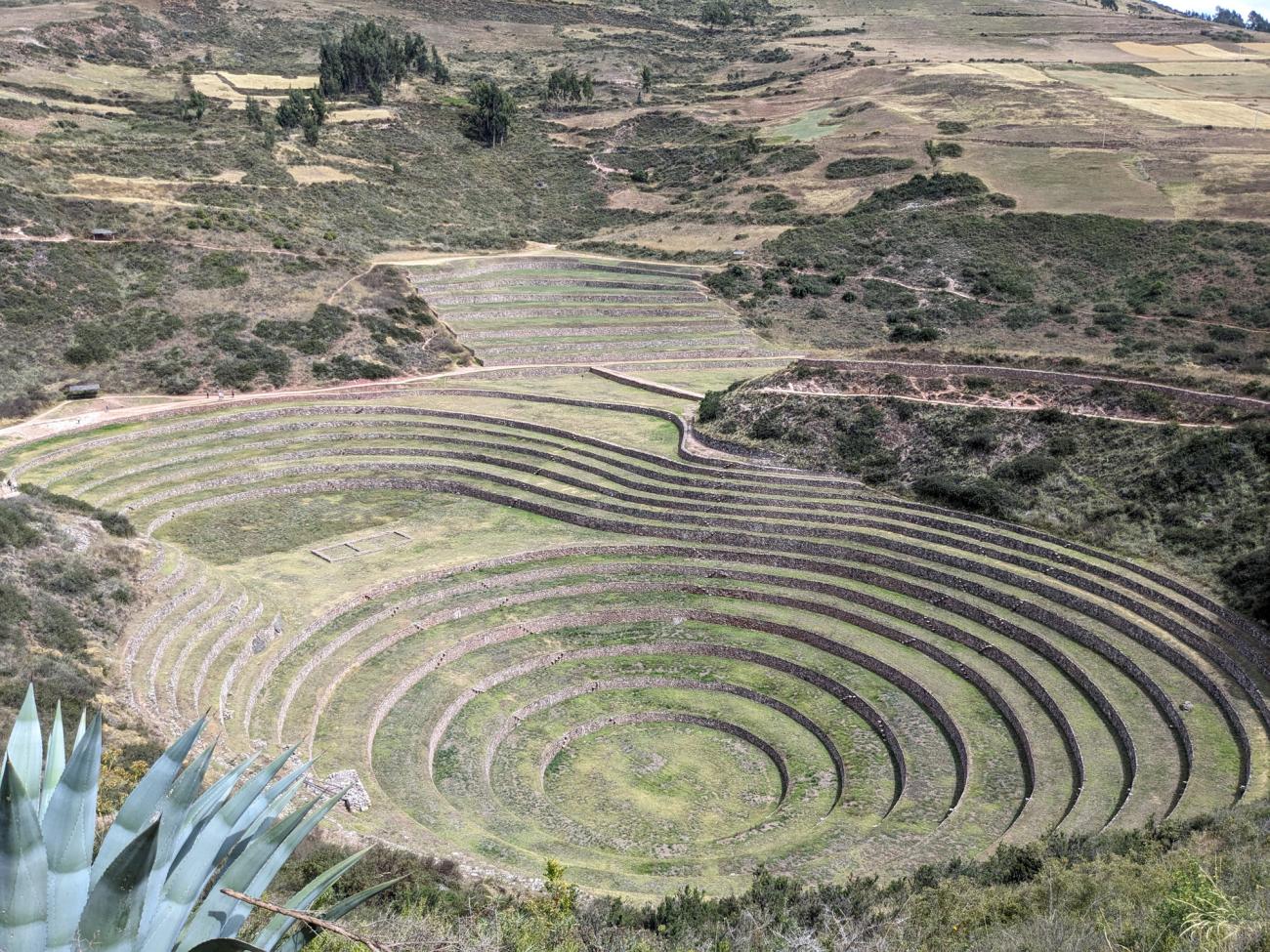
Hiking to Pumamarca
This was one of my favourite experiences, a 7km hike from Pumamarca to Ollantaytambo. The trail itself wasn’t too challenging, but the high altitude definitely added an extra layer of difficulty. The first part of the hike to Pumamarca is entirely uphill, but the effort is well worth it. The ancient Inca fortress offers stunning views over the Sacred Valley, with sweeping vistas of the surrounding landscape. After exploring Pumamarca, the descent to Ollantaytambo follows a winding path with breathtaking valley views. The best part? We didn’t encounter a single other person on the entire hike, making it feel like our own private adventure!
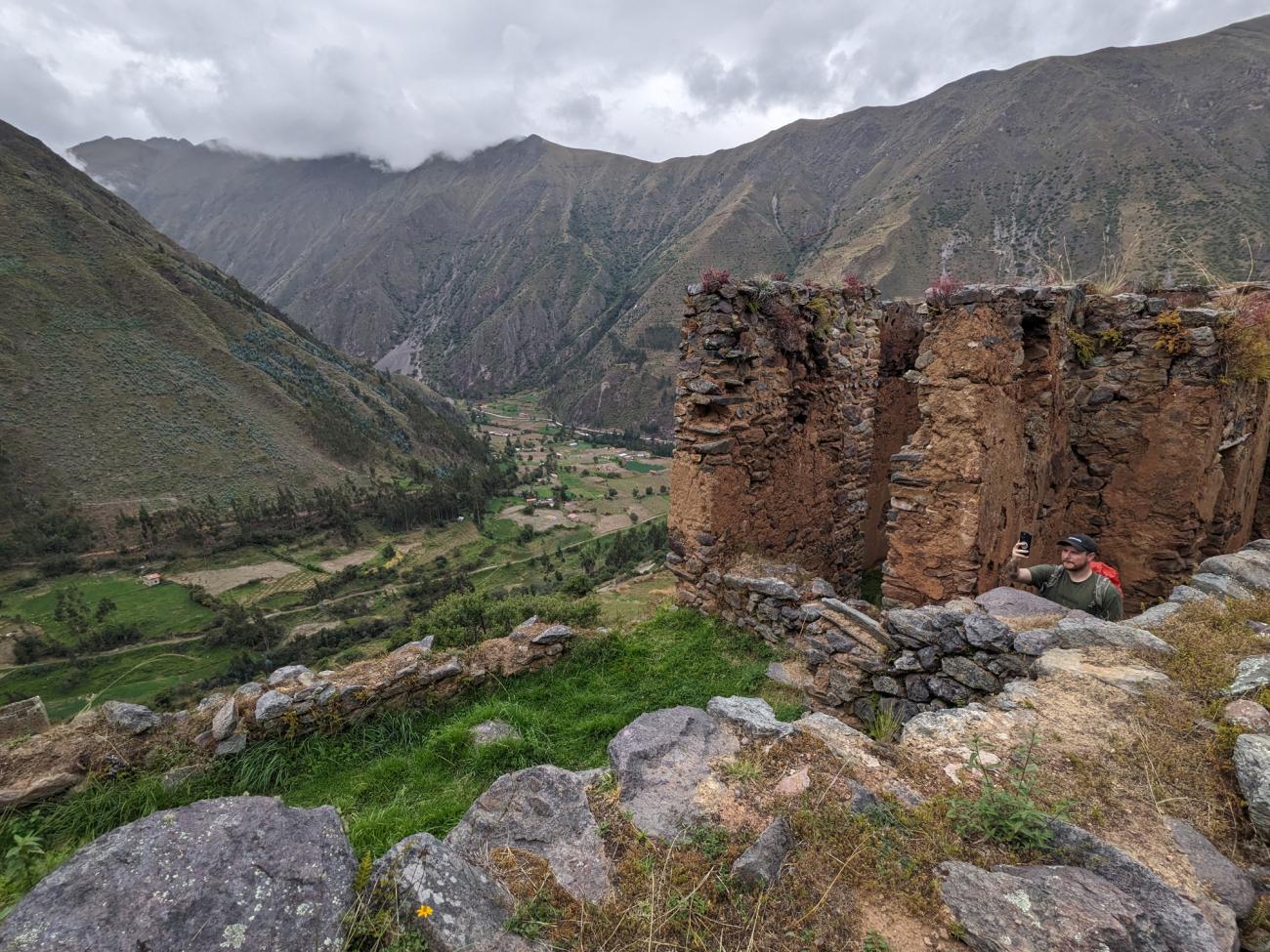
8. Explore Machu Picchu: The Iconic Lost City of the Incas
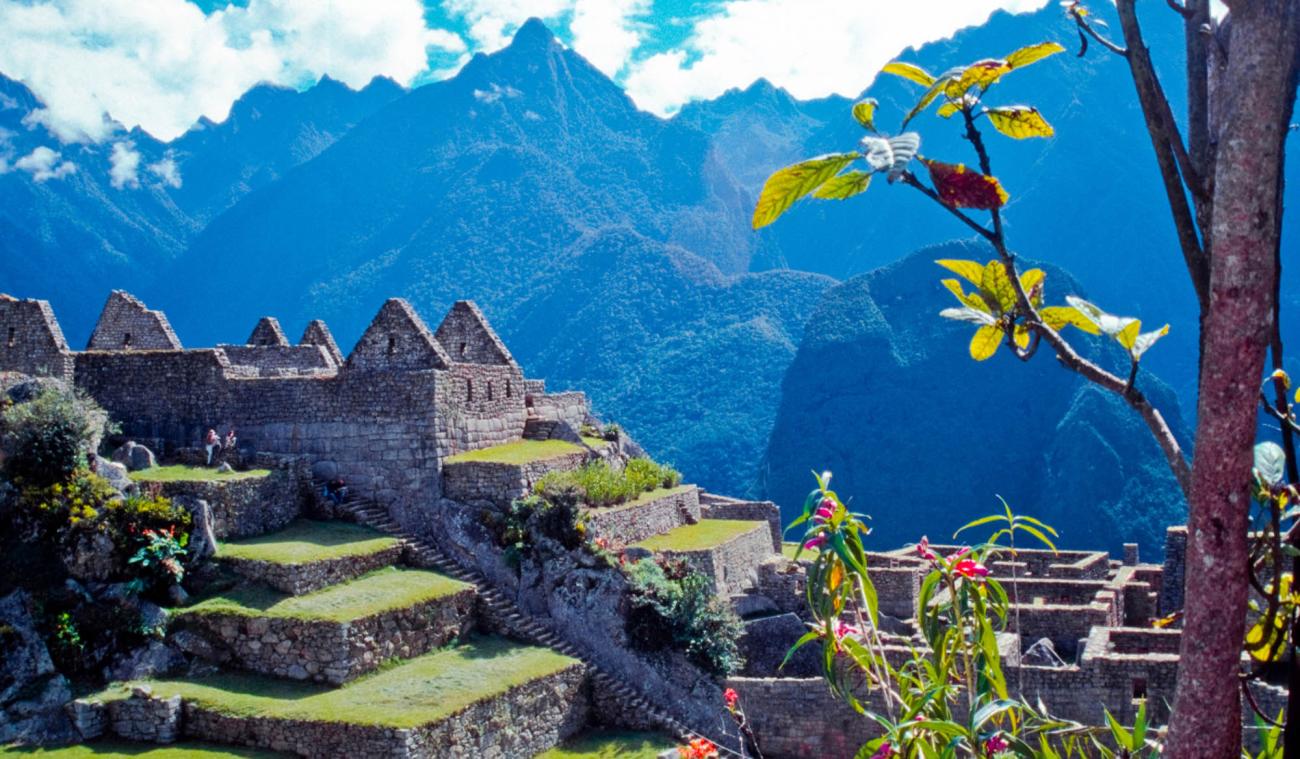
No trip to Peru is complete without a visit to Machu Picchu, the legendary Inca citadel nestled high in the Andes. Whether you arrive by train from Cusco or take the scenic Inca Trail to Machu Picchu, seeing Machu Picchu for the first time is an awe-inspiring experience.
Spend time exploring the ancient temples, plazas, and terraces of this UNESCO World Heritage site. If you're feeling adventurous, hike up to Huayna Picchu for panoramic views of the citadel and the surrounding mountains.
9. Discover Cusco: The Heart of the Inca Empire
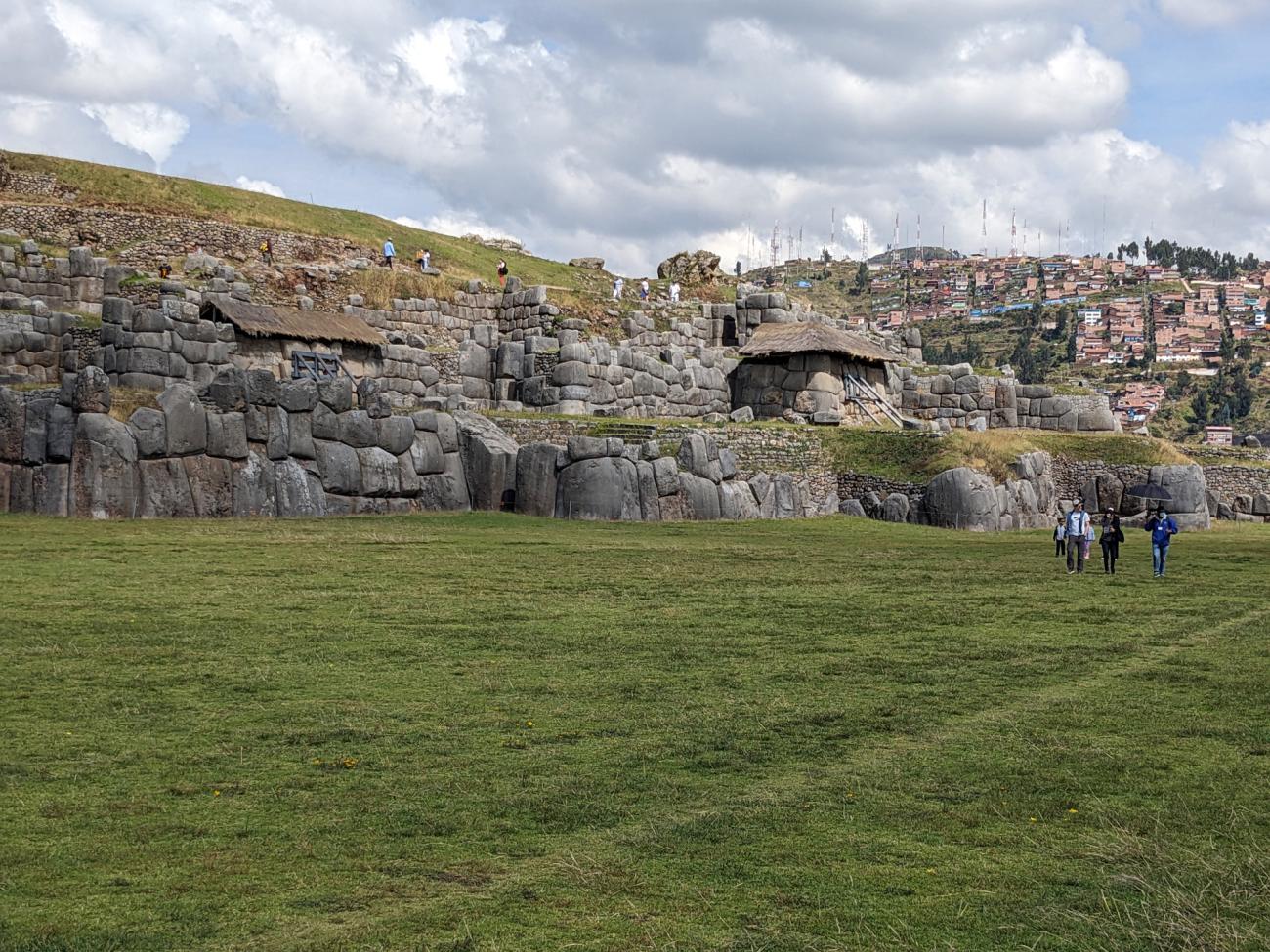
Once the capital of the Inca Empire, Cusco is now a UNESCO World Heritage city brimming with history and culture. The city’s cobblestone streets are lined with a mix of Incan ruins and Spanish colonial architecture, offering plenty to explore.
Visit Sacsayhuamán, the impressive Inca fortress overlooking the city, and Qorikancha, the Temple of the Sun, which was once the most important religious site for the Incas. Cusco’s vibrant markets, such as San Pedro Market, are perfect for picking up local handicrafts, while its many museums offer insight into the region's past.
10. Pisco Sour Cocktail Tour: A Taste of Peru’s National Drink
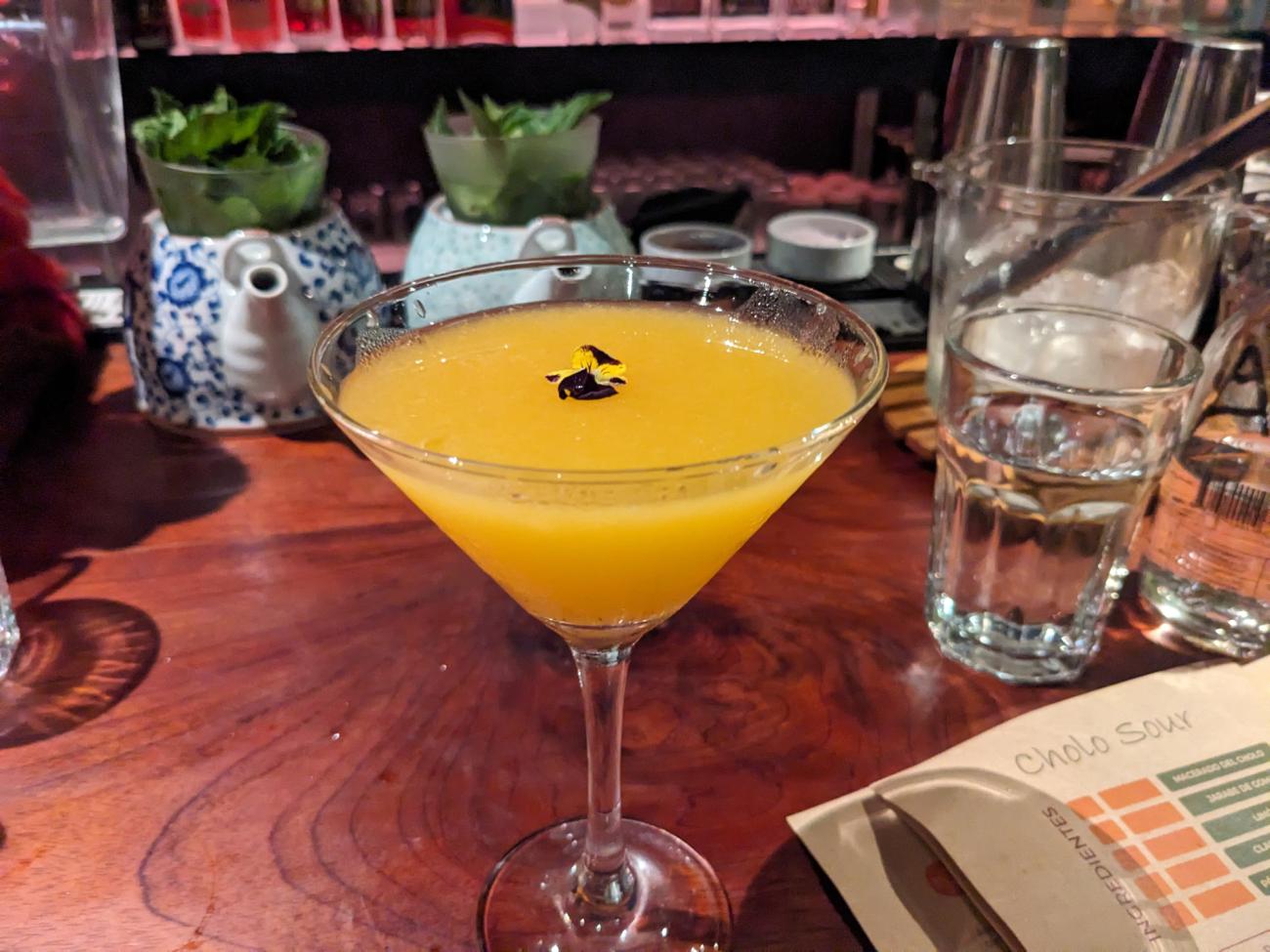
I have already mentioned Pisco Sours a couple of times already, many were drunk during my time in Peru. On our last night, we embarked on a Pisco Sour Cocktail Tour through the best bars in Cusco, where expert bartenders will show you the art of crafting the perfect Pisco Sour and other Pisco-infused cocktails. It was a great night and a great send-off from Peru.
